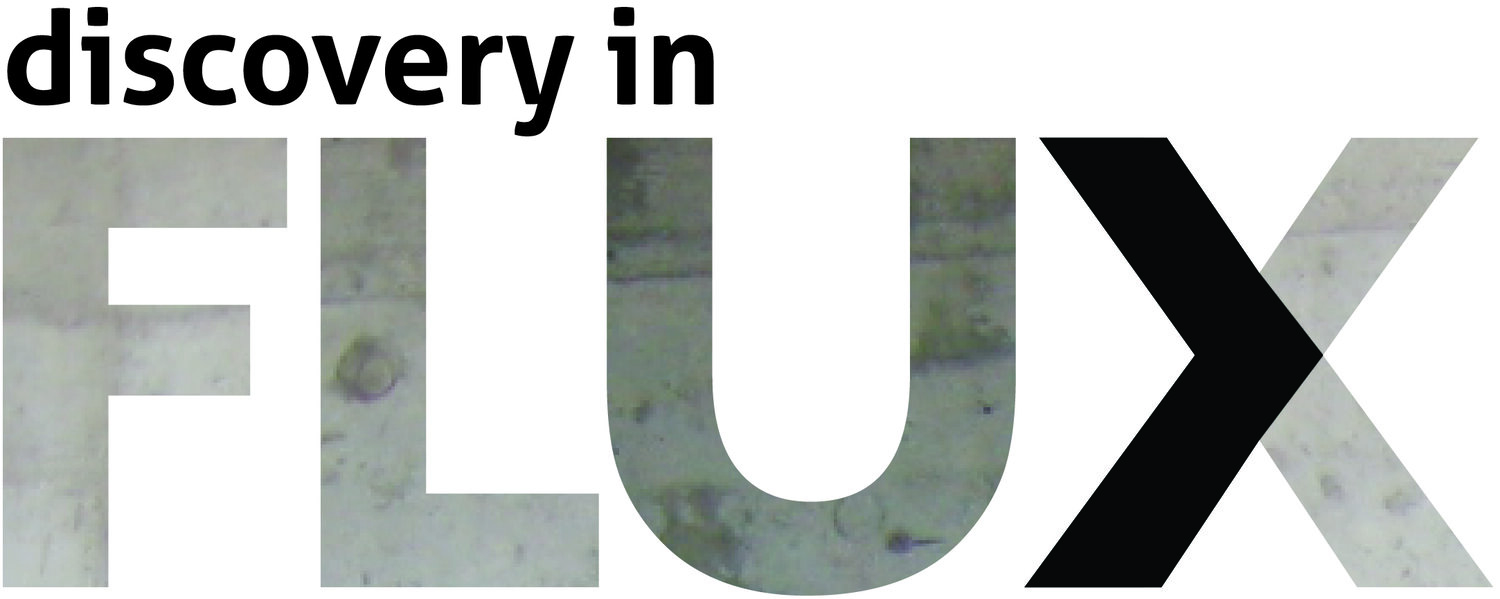
Encouraging to wander: maps & signage for urban explorers
In 2011, nine posters were displayed at St Pancras station in London. The posters were there to introduce ideas, before one would be chosen to become reality, via a public vote.
Walk the Tube
This project is a result of a great teamwork. From thorough research to the design.
And — after it won the public consultation — its second iteration, for the London Borough of Camden. My contribution was in the research, ideation and map design.
Our walking research
As a design group of 7 designers, we started by researching what information for walkers and cyclists already existed in the London Borough of Camden. Thanks to the size of our group, we could each walk and collect insights in a different area.
On the images below:
a map of Camden and where we walked
insights on existing information for walkers in one of the areas
on the right: a sketch for a map node.



My work at Applied Information Group
Shortly after the ‘Walk the Tube’ project started, I joined Applied Information Group as an information designer. During this contract, over the Summer of 2011, I helped with maps, signage and implementation manual for a wayfinding system for University of British Columbia (CA). I also contributed to (then recently introduced) Legible London wayfinding: map art working and type setting the signage.
This experience at AIG would become very important in the next step of ‘Walk the Tube’ project.
AIG/Applied
Walk the Tube 2.0
The next iteration of Walk the Tube (called Drop a Stop) used an adaptation of Legible London maps. I was responsible for creating these maps for Drop a Stop.
After the collaboration with Camden Council, we delivered a design, including an infographic and an adapted Legible London map. Input from this process was taken on further and informed (among others) a TFL leaflet on the topic. This one was distributed at Tube station entrances, encouraging to walk instead—during the 2012 London Olympics.

